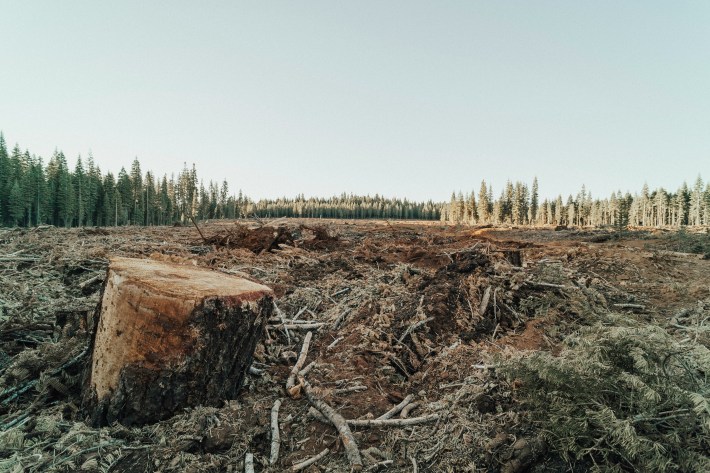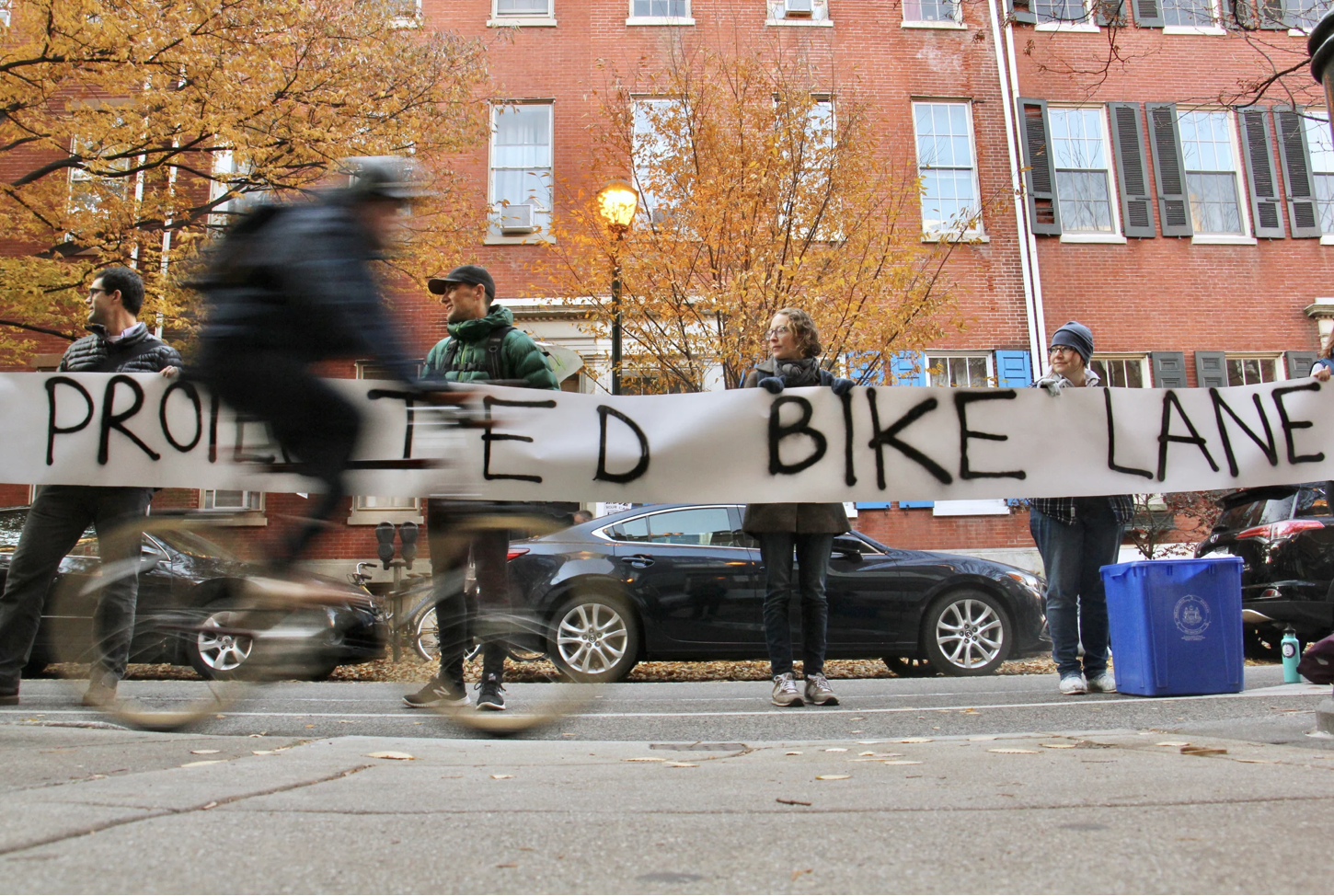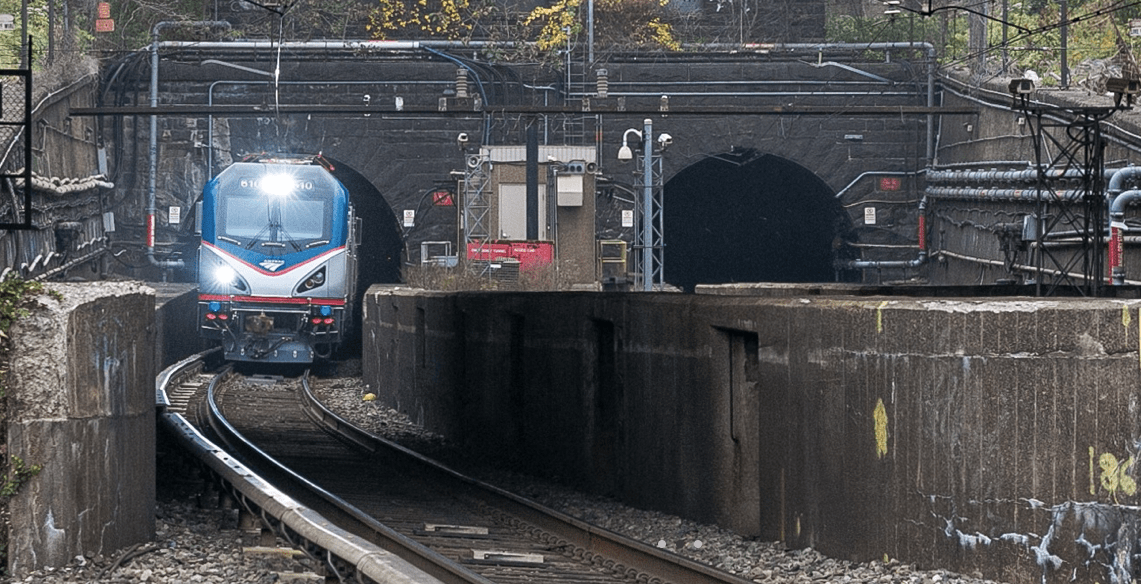For over two decades, the “Roadless Rule” has protected our nation’s forests by preventing road construction and logging across 59 million acres. But in June, the Trump administration began the process of rescinding it — to the detriment of the environment and the millions of Americans who recreate on public lands.
The creation of the Roadless Rule — which prevents all road-building, logging, mining, and mineral extraction on 58 million acres of public lands — the was a hard-fought victory by environmentalists. Made an official law in January 2001 during the Clinton administration’s last days, the incoming Bush administration temporarily delayed its implementation, but ultimately let it go into effect; in the years since, it’s survived several thorny legal battles, and in 2019, an overwhelming 75 percent of surveyed Americans said they still supported it.
When the Trump administration launched a public comment period about their proposed rollback of the rule — a move that officials claim will restore local decision-making over forest management and create economic growth through increased forest productivity — over 99 percent of the 183,000 comments submitted were in opposition, the Center for Western Priorities found.
This is not the first time that the Trump administration has sought to undermine the public’s overwhelming desire to protect public lands. The first Trump administration sought to exempt Alaska’s Tongass National Forest from the Roadless Rule in order to spur economic development, but the exemption was reversed by the Biden administration.
During the second Trump administration, though, those challenges escalated into a full-on nationwide attack, led by the Department of Agriculture which oversees national forests. And advocates are pushing back — in public comments and in court. One advocacy group specialized in environmental law, Earthjustice, has threatened to sue in response to the proposed rescission.
“Earthjustice has successfully defended the Roadless Rule in court for decades,” said Drew Caputo, who leads Earthjustice’s litigation for public lands, in an August press release. “Nothing will stop us from taking up that fight again.”

If litigation fails, though, advocates warn that the negative effects of losing the roadless rule would reverberate throughout the country and for generations to come.
Timber harvesting within these protected areas will negatively reshape their ecosystems, causing loss of biodiversity, soil erosion, and tainted water. And above all, our air quality will suffer. According to the National Wildlife Federation, national forests also take 113 million metric tons of carbon dioxide out of the atmosphere annually, which is equivalent to the emissions of 24 million cars.
Beyond serving as a carbon sink, public lands are also popular destinations for Americans from all walks of life to connect with nature and recreate. But for people without a car, simply reaching a national park can be an uphill climb — and that’s before the hiking starts.
"The NPS is doing a nice job showing travelers how to travel inside the parks without a car, but they can definitely work together with surrounding communities on creating alternative transportation ways for reaching the parks,” Shay Yellin, editor-in-chief of Off Metro, told Streetsblog in a 2022 interview. "Reaching the national parks without a car is not always convenient or pleasant, or cheap — but it’s definitely an experience that can inspire and reconnect you to the great outdoors."
Worse, the autocentric roads that already run through public lands are currently facing a $4.85 billion maintenance backlog. Congressman Jared Huffman slammed the Trump administration's invitation to increase that backlog as “fiscal irresponsibility, [which] will only continue with increased logging and development in the 45 million acres at risk if the Roadless Rule is rescinded.”
Instead of building new roads that destroy America’s most beautiful public lands and further add to our national debt, some argue the federal government should maximize existing infrastructure instead — by making them more accessible to people across multiple modes that don’t disrupt natural ecosystems.
There will be another opportunity in the spring to urge federal officials to preserve the Roadless Rule. Learn more about it here.






